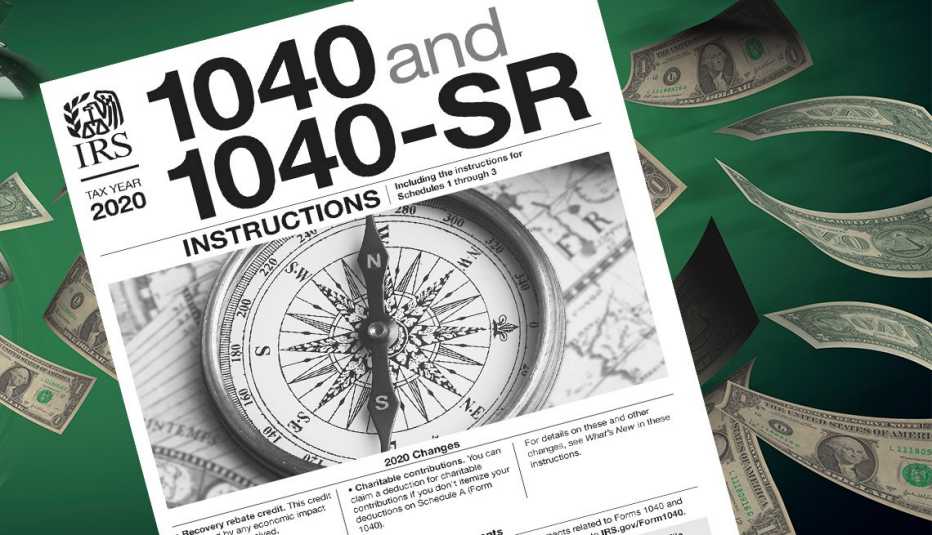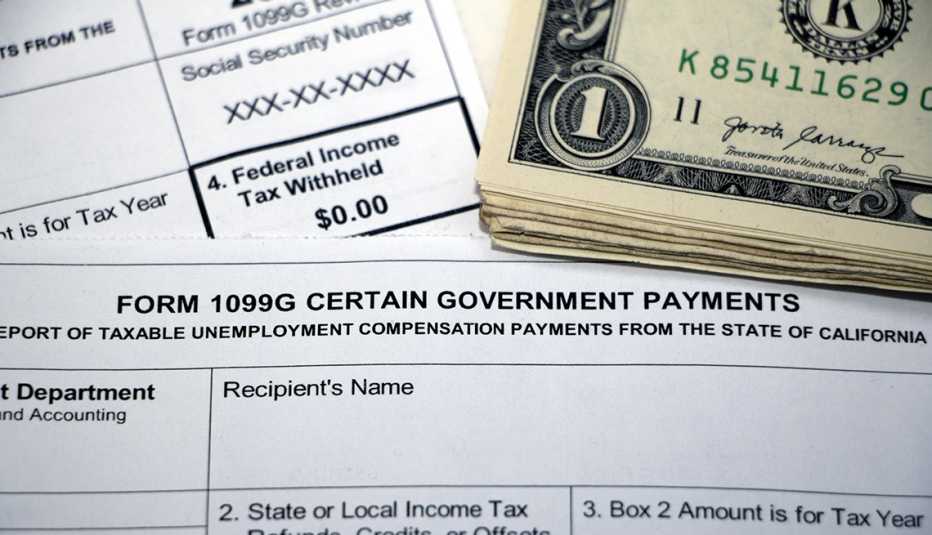Staying Fit
Getting ready to tackle your federal income taxes for 2020? Due in large part to the coronavirus pandemic, your return could be different — and perhaps a bit trickier — this year than in years past. Here are 10 things taxpayers should understand before filling out a 1040.
1. Deadlines are deadlines


AARP Membership— $12 for your first year when you sign up for Automatic Renewal
Get instant access to members-only products and hundreds of discounts, a free second membership, and a subscription to AARP the Magazine.
This tax season...
- Deadlines are deadlines
- Penalties are penalties
- There's still a chance to claim missing stimulus checks
- And those stimulus checks aren't taxable
- But your unemployment checks are taxable
- Are you 65 or older? Enjoy a bigger standard deduction
- Taxpayers age 65-plus also enjoy their own tax return
- There's good news about medical expense deductions
- There's also good news about charitable deductions
- Mind your Social Security payroll taxes
Death and taxes may be the two certainties in life, but at least you know when the taxman will come knocking. Federal income tax returns are due May 17 this year, not the traditional April 15 filing deadline. The Internal Revenue Service (IRS) extended the deadline because of the enormous backlog caused by the COVID-19 outbreak and the most recent stimulus bill, whose payments started rolling out shortly after the IRS began processing 2020 tax returns.
The IRS set Feb. 12 as the start date for processing 2020 returns, which is later than normal. It was Jan. 27 last year. The IRS says it needed the extra time to reprogram systems due to the tax law changes on Dec. 27 that authorized a second round of stimulus payments.
Are you a procrastinator? Any taxpayer can get an automatic filing extension to Oct. 15 by submitting Form 4868, “Application for Automatic Extension of Time to File U.S. Individual Income Tax Return.” However, you still must pay the amount of tax you owe by May 17 or face interest and penalties. Soldiers in combat zones and people living in disaster areas typically get an extension on both filing and paying federal income taxes.
2. Penalties are penalties
Another certainty: If you're required to file a federal tax return but don't, you'll pay. If you file after May 17 without having asked for an extension, you'll have to pay a late filing fee, which is 5 percent of the taxes you owe for each month, or part of a month, that a tax return is late. That penalty starts accruing the day after the tax filing due date and can build up to a maximum of 25 percent of your unpaid taxes.
The IRS also levies a late payment penalty, which is 0.5 percent of your unpaid taxes each month. (That's 6 percent annually.) If you blow the filing deadline and the payment deadline, however, the maximum monthly penalty is 5 percent of your unpaid taxes. Unlike the late filing penalty, the late payment fee keeps accruing until you pay your taxes.
You can pay your taxes by credit card if you don't have the money you owe on hand. But be warned that you'll be charged a processing fee. You can also ask the IRS for a payment plan via this online tool.
3. There's still a chance to claim missing stimulus checks
If you didn't get a stimulus check last year — or if you didn't get as much as you were entitled to — you can claim the missing stimulus money on your 2020 tax return in the form of a tax credit called the Recovery Rebate Credit. (The stimulus payments were, technically, an advance on this tax credit.) A tax credit reduces your taxes, dollar for dollar — and in this case, it can not only reduce your taxes to zero but produce a refund.
Here's an example: A family of four who met the eligibility requirements was entitled to a total of $5,800 in the two rounds of stimulus checks. If the family had overpaid their taxes by $200, they normally would have expected a $200 refund. But if the family never received the stimulus payments owed to them, they could recover the money with their 2020 tax return for a $6,000 refund — the $200 in overpaid taxes plus the $5,800 worth of missing stimulus payments.




































































